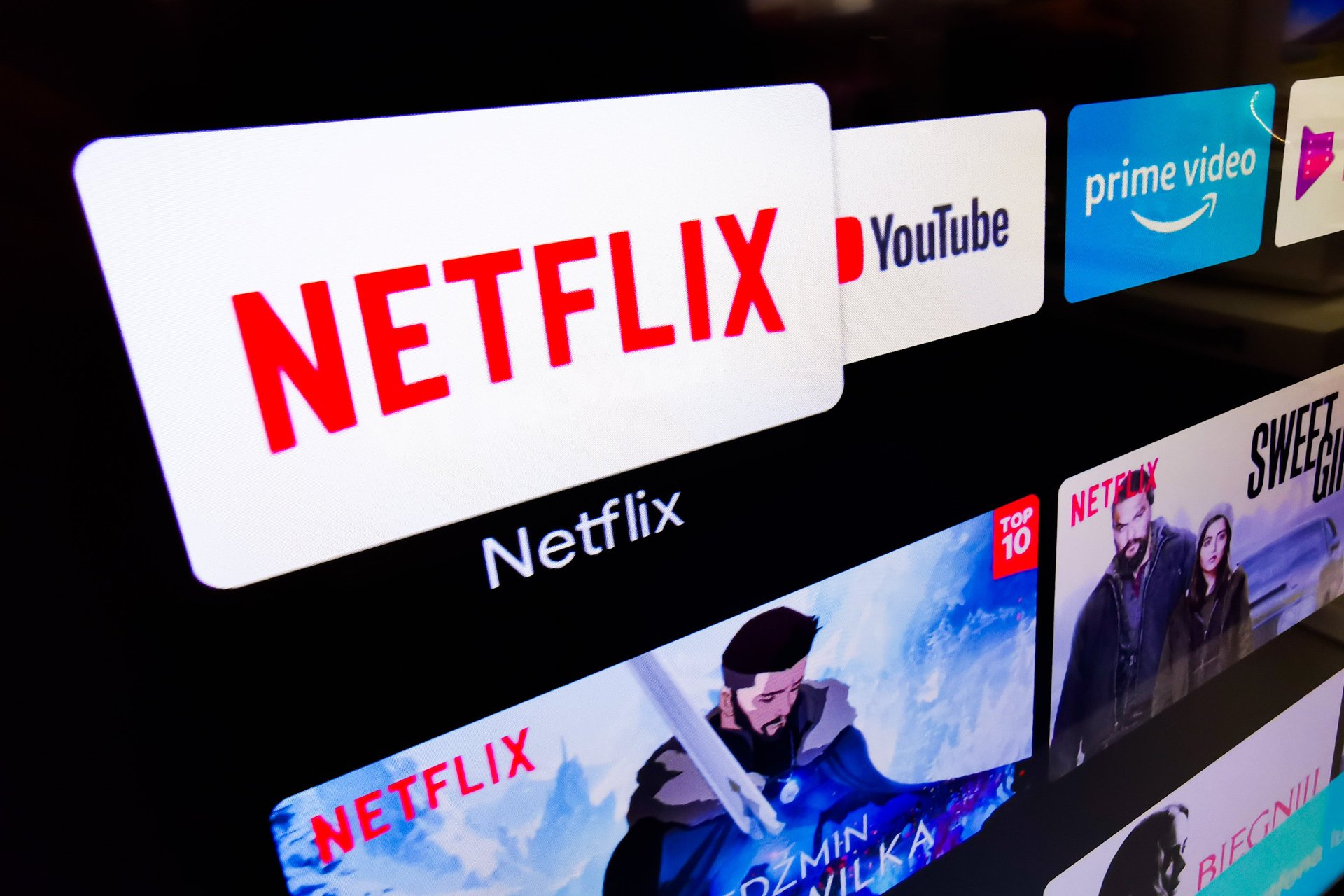Streaming prices have doubled in a decade as Netflix and other platforms become more like cable
The monthly subscription fee for a standard, ad-free Netflix plan has risen 94% over the last 13 years

When Netflix (NFLX) first launched its streaming service in 2011, it offered subscribers access to thousands of movies and TV shows on-demand and ad-free for a relatively low monthly fee of $7.99.
Suggested Reading
Over a decade later, the streaming space is filled with entries from major and minor media companies alike. But instead of the growing competition lowering prices, they have gone up — in some cases, by more than double.
Related Content
And while traditional cable is on the decline, until very recently media companies had struggled to turn a profit with their streaming businesses. In the quest to profitability, media execs have turned to ads, live programming, crackdowns on password-sharing, channels, and bundles — making streaming increasingly more like like cable.
Of course, another revenue generator streaming execs have relied on has been price hikes.
Here’s how much every major subscription service’s monthly fee has increased since its launch
- Netflix’s monthly subscription price for a standard, ad-free plan has nearly doubled (up 94%) to $15.49, from $7.99 in 2011.
- Hulu’s price has risen 58% to $18.99, from $11.99 when it first launched its commercial-free plan in 2015.
- Apple (AAPL) TV+’s price has more than doubled (100.2%) to $9.99 in just five years, from $4.99 in 2019.
- Disney (DIS)+’s price has seen the biggest hike at 129% to $15.99, from $6.99 in 2019.
- Max has increased 13% to $16.99, from $14.99 when it debuted as HBO Max in 2020.
- Peacock’s price has jumped 40% to $13.99, from $9.99 in 2020.
- Paramount+’s price has risen 30% to $12.99, from $9.99 in 2021.
The state of play of streaming
Netflix, the company that sparked the streaming revolution, has maintained its dominance for over a decade. As of the end of June, it had more than 277 million paid subscribers.
The streaming pioneer has increasingly turned to ads to generate more revenue. The company said that its ad-supported memberships, which it launched at the end of 2022, grew 34% quarter over quarter in June, and that it accounted for 45% of all new signups in markets where the plan is available.
Disney’s (DIS) streaming business — which includes Disney+, Hulu, and ESPN+ — turned a profit for the first time during its third fiscal quarter of the year. Disney joins Netflix and Warner Bros. Discovery (WBD) in being one of the few media companies to operate a profitable streaming business.
However, in March, Disney chief executive Bob Iger admitted that nearly five years after its debut, the company’s streaming platform is still lagging behind the industry’s “gold standard” Netflix.
Since then, the media conglomerate has announced new tech updates, including an improved recommendation algorithm and playlists, to close the gap.
Paramount Global (PARA), the company behind CBS, MTV and Paramount+, also announced recently that its streaming business has turned a profit. Still, the company is looking to cut costs and said it is laying off about 2,000 roles this year. Paramount is also expected to merge with Skydance Media.
Warner Bros. Discovery (WBD), the parent company of HBO and Max, is struggling, along with Paramount and Disney, at navigating the changing media landscape where streaming is overtaking traditional TV. All three have made layoffs this year.
Warner Bros. Discovery CEO David Zaslav is reportedly considering splitting its streaming and studio assets from its cable network business.
Apple (AAPL) TV is reportedly started to reign in its costs on original programing after spending over than $20 billion producing its own TV shows and movies.
And NBCUniversal’s (CMCSA) Peacock has experienced a boost this summer from live programming — via the 2024 Paris Olympics and Snoop Dogg.
